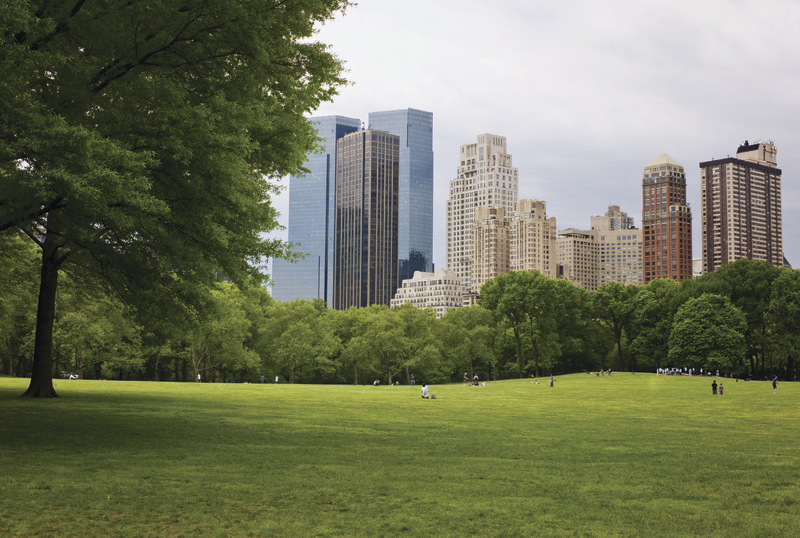Code Green Solutions


We are breaking world records this year. And I’m not just talking about the Olympics. We are on track for the hottest year on record. Already, 15 of the 16 warmest years on record have occurred during the young 21st century, and this year is adding yet another extreme to the list. This mounting challenge drove world leaders to come to a landmark agreement at last winter’s Paris talks.
The emissions reduction targets formalized in Paris tell us what our emission levels should be, but if you’re like me, you might be asking how we are going to get there. Thankfully, we know that green infrastructure boasts many benefits that could be part of the solution.
City climate action plans are steering cities in their implementation of policies and actions providing both tangible local benefits and contributing to global impact. Are cities leveraging the benefits of green infrastructure in their climate action planning? I decided to take a look.
The short answer is that cities can generally be doing more. USGBC® and GBCI® are well-positioned to help with market-leading tools such as SITES®, LEED® and Parksmart that can help plan, measure and verify city efforts to leverage green infrastructure approaches among their climate actions.
Here’s a summary of findings from my review of climate action plans from 28 U.S. cities. On the whole, 21 of the 28 plans mention green infrastructure at various depths. Some plans detail robust implementation strategies and specific initiatives, while others mention green infrastructure as a general concept, but lack a developed discussion or implementation strategy.
Most cities appear to be aware of green infrastructure as a possible solution set, but their climate action plans do not demonstrate a current understanding or commitment to put it to maximum use.
Whether or not the term “green infrastructure” is mentioned, most city climate action plans are outlining ways for green infrastructure to help, including:
It’s clear that the elements of green infrastructure are recognized as effective strategies to address climate action, but more remains to be done to harness the full range of benefits. With the help of experienced professionals, advocates and tools such as SITES, LEED and Parksmart that detail best practices for green infrastructure development, cities can incorporate more robust and integrated implementation strategies into their climate action planning.
In addition to meaningful climate action, green infrastructure can move cities closer to achieving myriad other goals, including social equity. Stay tuned for an upcoming look at the social equity rewards and risks of green infrastructure in cities.
##
Article via USGBC.org.